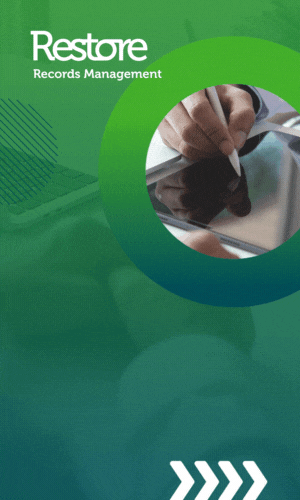NHS England has shared a resource focused on how to improve care navigation in general practice, highlighting the importance of collecting structured information from patients along with the role of digital tools such as cloud-based telephony, online forms and consultations, and messaging software.
Focused on understanding care navigation, the guidance encourages practices to measure and analyse their demand and capacity data in order to obtain baseline data and help organise thinking. It states, practices should undertake an avoidable appointment audit, before using all the data gathered to decide on key metrics and measures to assist when demonstrating improvements made in care navigation. As a top tip, NHSE suggests that practices can use their baseline data to identify five key presentations that could be handled differently in-house, and keep the focus on these areas when formulating protocols and directory of service.
Designing effective care navigation follows, NHSE shares the three key elements of a care navigation model: a structured approach to collecting data from patients, a protocol to support staff in navigating patients, and a directory of services. “Every contact’s outcome should be recorded in the clinical notes for training, monitoring and safety purposes,” NHSE adds. “Structured information can be collected over the telephone or in person and captured in a digital template, or by the patient completing an online form to create a digital record.”
On these online forms, the guidance highlights seven key needs for online consultation forms which have been “identified from extensive user research and user testing with patients and general practice staff from across England”. They should be straightforward to access, to find and start, to understand requirements, and to complete; they should provide clear expectations; be highly accessible across the end-to-end journey; and should be highly usable, consistent with NHS design standards.
Advice in this area include remembering to code patient communication needs and SMS preferences into the patient’s clinical record, and making “every contact count” by using online forms to request information which could support a long-term condition or medication review opportunity.
The third step is to go live; here, NHSE encourages practices to “draw up a programme of testing that is appropriate for your practice”. This could include starting with quick wins such as using cloud-based telephony call-back functions to avoid patients waiting on the phone, and using digital tools to capture structured information from patients at the point of contact, along with using the tools to offer patients self-booking links or to send out information. A tip from NHSE in this area revolves around cloud-based telephony, noting that many of these systems have auto voices in place, and changing this voice periodically can maintain interest for the patient when listening.
“Once you have successfully implemented your care navigation process and it is working well, give some thought to how you will maintain the gains you have made, and whether they could be further enhanced,” the guidance reads. “For example, adding digital solutions can certainly make the process easier.”
Digital tools to support care navigation
The guidance goes on to share a list of digital tools that can be used to support care navigation, such as cloud-based telephony, online consultation tools, messaging tools and tools capable of generating self-booking links.
On widening the channels that patients use to contact their practice, including through digital means, NHSE recommends that practices communicate with their patients about the benefits of these tools; noting to communicate “in an appropriate and most direct channel with clear actions for patients to act on, eg. ‘request an appointment online’; be clear about scenarios where different response times are applicable; communicate how they will contact the patient; and communicate practice opening hours and what the patient should do out-of-hours if the matter becomes urgent.
On messaging and booking tools, NHSE suggests creating shared messaging templates for common processes which can be shared throughout a PCN. The guidance also recommends mapping out the steps in practice processes to identify the functions that are needed, before checking the functions of the digital tools to ensure that they meet requirements.
The guidance is included as part of the General Practice Improvement Programme, available on the FutureNHS platform.
Last month, we covered a guide from NHSE focusing on prescription management, long-term conditions and new patient registrations designed to improve care-related processes in general practice. We also covered guidance from NHSE revolving around improving telephone journeys in general practice, particularly around supporting practices and PCNs to choose, purchase and optimise advanced cloud-based telephony.
In the summer, we were joined by healthcare professionals from Surrey, Manchester and London for a panel discussion on digital primary care, looking at what is happening in each area as well as what ‘good’ looks like.
Earlier in the year, Dr Minal Bakhai, GP and director of primary care transformation at NHS England, joined us to discuss sustainability in the healthcare industry and the role of technology in transforming general practice.





